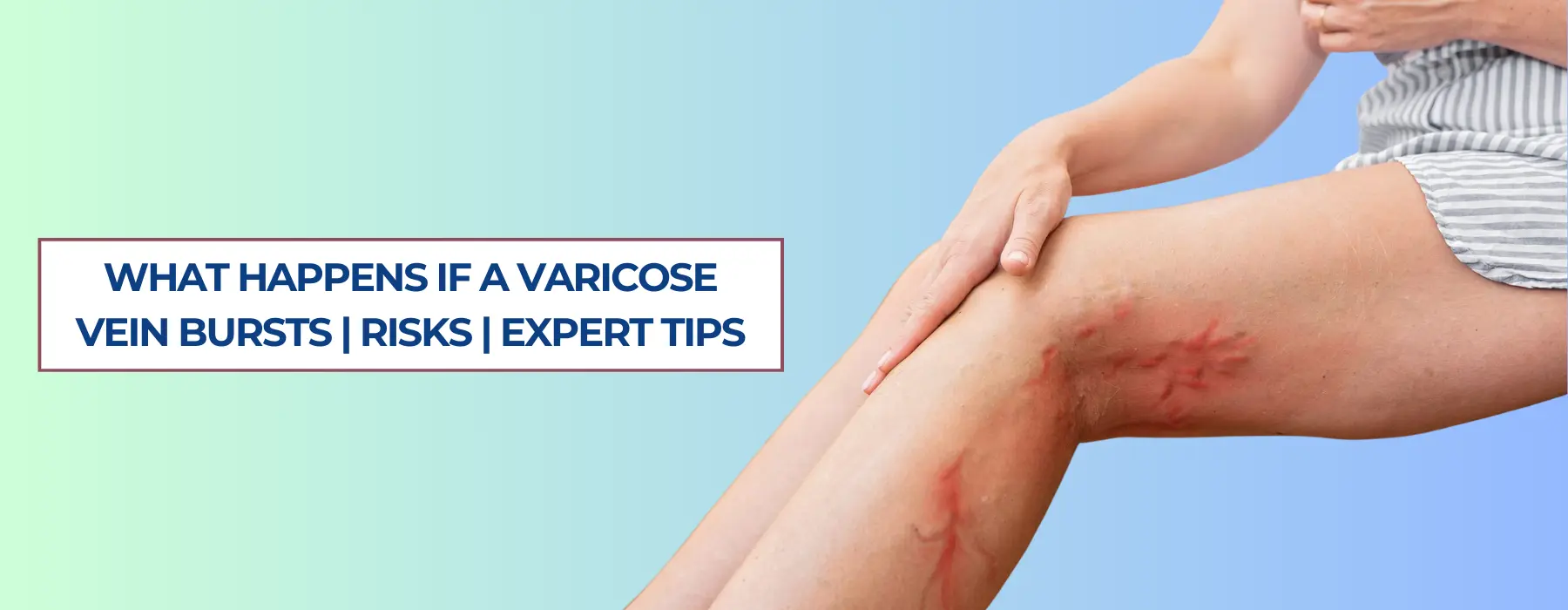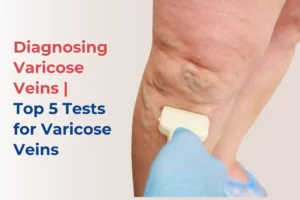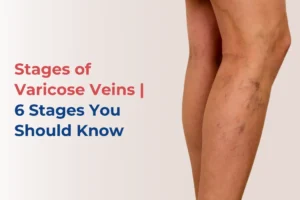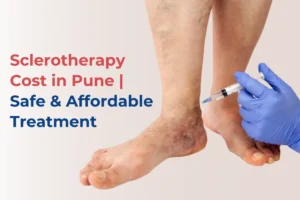A varicose vein bursting is a serious condition that requires immediate attention. While varicose veins themselves are common, addressing them early can prevent complications such as ruptures, bleeding, and blood clots. If you have varicose veins, it’s essential to take proactive steps, from wearing compression stockings to seeking professional treatments like EVLT or VenaSeal.
If you’ve experienced a varicose vein burst, or want to avoid complications, Dr. Santosh Patil at Expert IR Clinic, Pune offers expert guidance and advanced treatments to keep your veins healthy and your legs feeling great.




